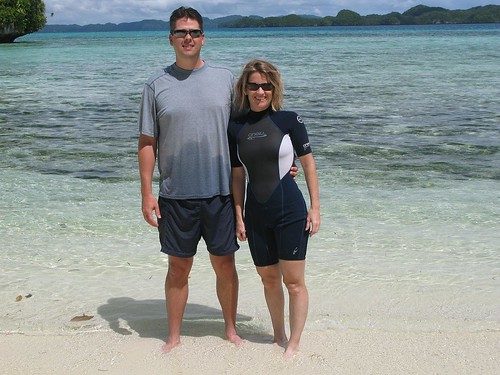
Northern Vietnam has similar limestone rock formations to Phang Nga Bay we visited in Thailand, but at a far greater density and abundance. We spent two nights on the water among them in Halong Bay. Tall humps of white limestone and vegetation surround you in every direction. We visited floating villages of subsistence fisherman, and kayaked around the maze of giant monolithic rocks. We even paddled a hundred meters into a tight sea cave that turned several bends in complete darkness to reveal a serene lagoon isolated INSIDE the rock island. The way in was quite an adventure as my flashlight was one of only two among the seven of us and the path was wide enough for only one kayak at a time!
We spent more time around this same odd and beautiful landscape inland at Tam Coc. Here, the local women paddle tourists in small boats up a flat-water river surrounded by the tall rock formations and through three caves. Wherever the land is flat, it is irrigated with water and planted with rice - a beautifully vivid green grass.

We also visited Cuc Phuong National Park for a hike through the jungle. The vines there are amazing! Seeds from bird droppings deposited high in a tree somehow grow on a branch in the moist air. They drop a vine all the way down to the ground and then take hold by thickening and running hundreds of vines down the "host" tree until they strangle it to death - ultimately taking it's place in the jungle (even using the original now-dead trunk for structure of it's own).

But whatever you do, don't start your Vietnam trip in Hanoi! It was a crowded noisy chaotic city that we couldn't wait to get out of. The streets are a bit surreal - like a science fiction dystopia of the future (overpopulated, oil almost gone, bladerunner-esque).
I may have mentioned that drivers in Thailand didn't pay attention to the lines on the road. Well that was perfectly civilized compared to Vietnam, where they don't pay attention to the traffic signs or even the DIRECTION of lane travel. You really have to see it to understand: imagine a very busy street at home, now replace each car with 10 motorbikes. Now imagine it is a one way street so the traffic completely fills the road, but add one motorbike travelling against traffic - he weaves around the oncoming traffic avoiding one head on collision after another. Finally, add another hundred motorbikes moving against traffic, some hugging the side, some right up the center, and some turning across the traffic to cross streets. I know this is hard to imagine - I would not have believed it if I had not seen it myself. Here is a video of one intersection (the really busy intersections were far too intense to operate a camera near)
Unbelievablly, the motorbike drivers never look when they enter the road or make turns. Eventually, I noticed that most do not have side mirrors - they don't care about anything but what is in front of them. No kidding: At a four way intersection, they slow down a bit as they approach, honk so people coming from other directions might hear them, and then drive right thru - adjusting their speed to avoid hitting the cross traffic.
While Vietnam seems to be missing the three wheeled cargo motorbikes, they certainly can carry a lot on the back seat of their standard two wheeled motorbikes: Trees (6 ft tall potted peach tree), oversized propane cylinders, and unbelievably even a full sized LIVE cow draped over the seat with his head tied down to the foot peg on one side and the tail on the other - not very comfortable for the cow (I may be understating that)! They carry the cargo balanced on the back of their seat, usually just holding on to it with one hand behind their back (the cow was strapped down of course).
In each country, we've have enjoyed learning just a few words of the language like hello and thank you. People always seemed appreciative of it, until Vietnam. No one here ever responded to our hello - they just seemed to ignore it. I even bought a Vietnamese phrasebook from a street vendor to no avail. Then we asked one of our guides why, and apparently the vowel sounds are subtle and there are like six different intonations for the words we are using to say hello. While it means hello when said one way, our guide told us it also means "give me a bowl of rice soup" if said differently. For some reason, we cannot really hear the difference when our guide says it each way. So we've stopped trying to speak Vietnamese.
During our brief stay in Hanoi, we visited the prison where POWs were kept ("Hanoi Hilton"). Today, it is a museum where they describe the horrible treatment the Vietnamese people received from the French colonists. They also mention that they were forced to hold American bomber pilots there, but they document with photos what great treatment they received - playing basketball, smoking cigarettes, preparing a group Christmas dinner. The obvious propaganda of it all was a bit sickening truth be told. John McCain crashed in one of the many lakes in downtown Hanoi, and it was only about a block from the prison - they have signs about him there.
As if we haven't learned our lessons on the bus in Thailand, the journey south is on a "sleeper" bus - 12 hours overnight to Hue...














